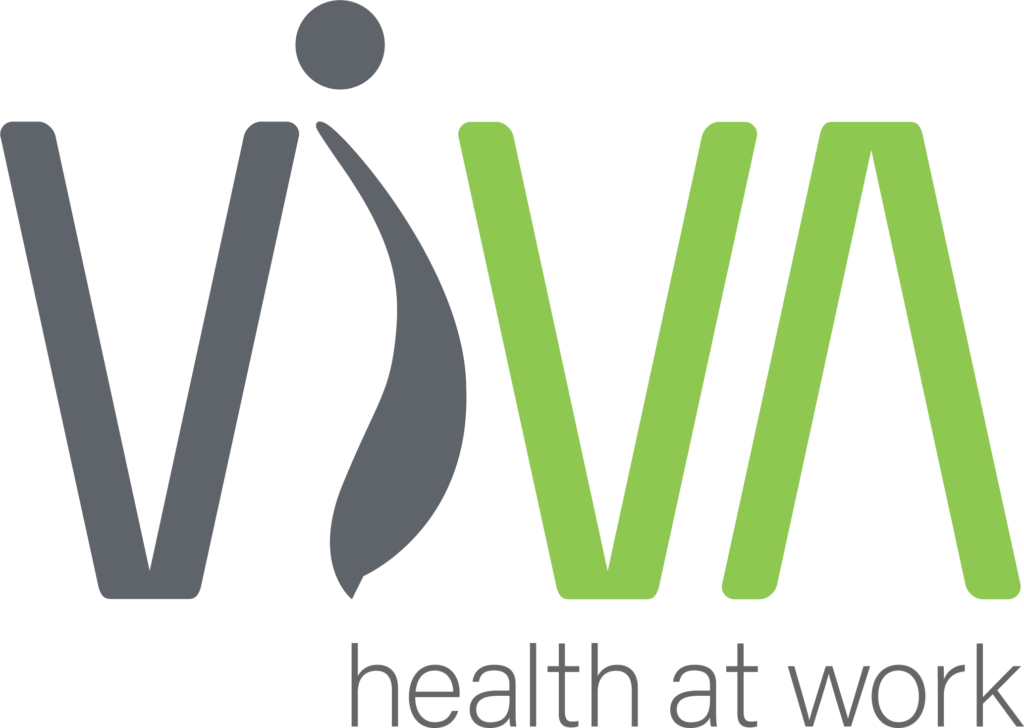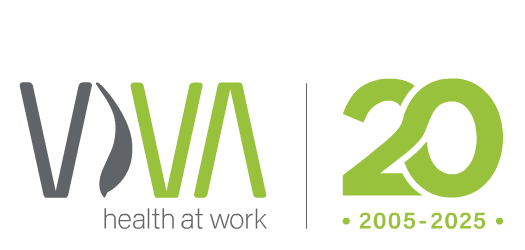
Design practice involves taking risks[i], [ii]. Like the exposure of one’s soft underbelly, the disclosure of a new idea means allowing for vulnerability. An idea may be discarded by a manager, shot down by our peers, or, if trialled, the outcomes may not achieve what was intended! This is iterative design practice: design goes back and forth, and action influenced by informed decisions and sound engineering may still involve experimentation with trial and error[iii]. First-generation inventions or adaptations may seem clumsy but, of course, they too may be valuable: they may serve as a catalyst for new ideas that lead to a break-through solution.
Psychological safety, the idea that one has freedom to take risks and be vulnerable, underpins a supportive social system that fosters design-thinking in which ideas may be shared freely[iv], [v]. ‘Just Culture’, a counterpart to psychological safety, implies systems thinking, where errors or lapses in performance trigger systems review and design improvement[vi]. ‘Just Culture’ occurs when workers are supported for decisions that are commensurate with their level of knowledge, skill, training, competency, and ability. In turn, workers are held accountable for gross negligence. Teamwork is paramount, and leaders are expected to decipher action that is negligent versus a rational deviation from standard practice, written instructions, or expected norms[vii].
‘Just Culture’, if honoured, means workers are not blamed for work variance. In a savvy organisation, one that is human-centred, work variance provides fertile ground for task or equipment (re)design or systems improvement. Discovering variance means an opportunity for innovation (e.g. a “near right”)[viii]. The involvement of workers in design improvement recognises the value of their input and provides the social framework to achieve equity and engagement but, also, fosters a competitive edge in basic business performance: work is more efficient and productive when human-centred (good work) design is adopted[ix], [x], [xi]. ‘Just Culture’ is a value that is embedded in human-centred design, human factors, and ergonomics[xii], [xiii]. When the nexus of ‘Just Culture’, psychological safety, and human-centred design is well understood, the potential to embed design practice in an organisation becomes more transparent (i.e. a human-centred organisation[xiv]). Ergonomics is not a program that should stand-alone; rather, it should be enabled at any stage of organisational readiness and embedded into the fabric of operations (thus, multiple and integrated business units)[xv]. Human factors & ergonomics provides a union between safety, health, well-being, workforce strategy and human resources, continual improvement, engineering design, and operations (and a design-champion company coordinator is a role that can help ensure these integrated practices, e.g. Rio Tinto Weipa[xvi]). An ad-hoc project is likely to have some measure of success at any stage of organisational maturity and capability. However, when the culture is just, the company values are aligned with human-centred approaches, and resources are consistently applied and integrated to support these practices (such as may be found in a resilient or enterprising organisation), a project is six times more likely to achieve significant success[xvii].
In my thesis, I referred to an Occupational Perspective of Health and developed a continuum of potential design concepts from which to evaluate task (re)design projects (Figure 1)[xviii]. This provides for review along a continuum of factors including risk reduction for catastrophic events, fatality, disability, injury, or discomfort; to comfort, efficiency, and conditioning (physical and cognitive/psychological conditioning which is important if there is to be better integration of safety, health, and well-being objectives), social connection, business unit integration (and supply chain), industry liaison, and sustainability.

Figure 1: Project evaluation per an Occupational Perspective of Health
In the example of Project “A”, a task (re)design project was conducted within a program that was well supported by the leadership. Workers were not reprimanded for their ideas or contributions, even if they were not always “right” the first time. The outcomes achieved in the example of Project “B”, however, involved a task (re)design project in which front-line staff self-advocated for a design change but middle management stymied their efforts. In this case, business unit integration, conditioning (cognitively/psychologically), and sustainability were not achieved and perhaps hindered. The middle management did not see the urgency or importance of the concerns, delayed action, and were demeaning in their response to the workers (aka the “toughen up, princess” and “back in my day…” response). Further, the workers were admonished for their self-advocacy efforts (which included seeking support via the management chain, above the heads of middle management). In this case, the outcomes of the intervention were positive if evaluated solely by physical risk reduction measures (and, in fact, the design change was celebrated in company literature with other regions adopting the new work methods and equipment), however the divisive culture of “us” and “them” between management and workers was heightened.
Summary
‘Just Culture’ is a sentiment imbued in human-centred design practices, reflective of the human-centred organisation. The cultural framework fosters resilience in organisations with enterprising design strategy. ‘Just Culture’ goes hand-in-hand with human factors & ergonomics. It has been shown (through reflective summary of the evaluation of case studies) that ‘Just Culture’ is not a requirement of an ergonomics project to ensure some level of success, but it is likely to reflect the resilient organisation in which project success is much greater (six times more likely to be significant).
[i] Pazell, S. (Unpublished thesis: submitted for examination 31 Mar 2018): Good work design: Strategies to embed human-centred design in organisations. University of Queensland, Sustainable Minerals Institute.
[ii] Burgess-Limerick, R. (2018). Participatory ergonomics: Evidence and implementation lessons. Applied Ergonomics, 68, 289 – 293. https://doi.org/10.1016/j.apergo.2017.12.009
[iii] Burgess-Limerick, R. (2018). Participatory ergonomics: Evidence and implementation lessons. Applied Ergonomics, 68, 289 – 293. https://doi.org/10.1016/j.apergo.2017.12.009
[iv] Kahn, W. A. (1990). Psychological conditions of personal engagement and disengagement at work. Academy of Management Journal, 33, 692-724. doi:10.2307/256287
[v] Kark, R., Carmeli, A. (2009). Alive and creating: The mediating role of vitality and aliveness in the relationship between psychological safety and creative work involvement. Journal of Organizational Behavior, 30, 785-804. doi:10.1002/job.57
[vi] Dekker, S. W. A. & Breakey, H. (2016). ‘Just culture:’ Improving safety by achieving substantive, procedural and restorative justice. Safety Science, 85, 187–193.
[vii] Dekker, S. W. A. & Breakey, H. (2016). ‘Just culture:’ Improving safety by achieving substantive, procedural and restorative justice. Safety Science, 85, 187–193.
[viii] Pazell, S. (2016). A novel way to hit the mark: Shifting the target from near miss to “NEAR RIGHTS”. LinkedIn. https://www.linkedin.com/pulse/novel-way-hit-mark-shifting-target-from-near-miss-rights-sara-pazell/
[ix] Dul, J. & Neumann, P. W. Ergonomics contributions to company strategies. Applied Ergonomics. 40, 745 – 752, 2009.
[x] Burgess-Limerick, R. (2010). Human Systems Integration is Worth the Money and Effort! The Argument for the Implementation of Human Systems Integration Processes in Defence Capability Acquisition. Department of Defence: Commonwealth of Australia. http://www.defence.gov.au/dpe/ohsc/Programs/HumanSystemsIntegration/Documents/HumanSystemsIntegrationIsWorthTheMoneyAndEffort%28LiteratureReview%29.pdf (downloaded 3 October 2014)
[xi] Horberry, T. (2014). Better integration of human factors considerations within safety in design. In Theoretical Issues in Ergonomics Science, 41 (3), 293 – 304.
[xii] Laing, A. C., Cole, D. C., Theberge, N., Wells, R. P., Kerr, M. S., & Frazer, M. B. (2007). Effectiveness of a participatory ergonomics intervention in improving communication and psychological exposures, In Ergonomics, 50, (7), 1092 – 1109.
[xiii] Lallemand, C. (2012). Contributions of Participatory Ergonomics to the Improvement of Safety Culture in an Industrial text. Work, 41, 3284 – 3290.
[xiv] International Standards Organisation (ISO) (2016). Human-Centred Organisations. ISO Standard 27500:2016.
[xv] Dul, J. & Neumann, P. W. Ergonomics contributions to company strategies. Applied Ergonomics. 40, 745 – 752, 2009.
[xvi] Pazell, S., Burgess-Limerick, R., Horberry, T., Dennis, G., & Wakeling, C. (2016). RIO TINTO WEIPA: The value proposition of good work design. Human Factors Ergonomics Society of Australia (HFESA) 2016 Conference Proceedings: Gold Coast, QLD.
[xvii] Pazell, S. (Unpublished thesis: submitted for examination 31 Mar 2018): Good work design: Strategies to embed human-centred design in organisations. University of Queensland, Sustainable Minerals Institute.
[xviii] Pazell, S. (Unpublished thesis: submitted for examination 31 Mar 2018): Good work design: Strategies to embed human-centred design in organisations. University of Queensland, Sustainable Minerals Institute.

